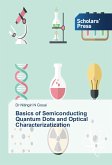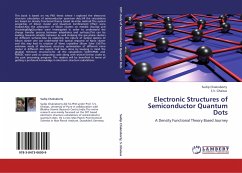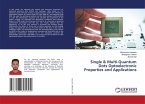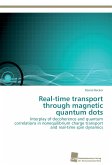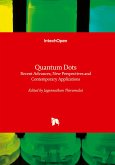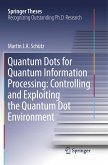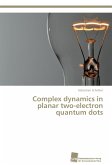Photonic microcavity and nanocavity devices with quantum dot active materials combine the strong confinement of photons and the discrete states of electronic carriers. They are promising candidates for small-footprint, high-speed and low-power active optical components, and provide a robust platform for the enhancement of light-matter interactions. This monograph starts with an introduction to the basic concepts of quantum dot active materials and photonic cavity devices, and the potential applications in photonic integrated circuits and quantum information processing. Then the material growth and device fabrication techniques are described. Microdisk lasers and photonic crystal nanocavity lasers with InAs quantum dot active material are presented as two important examples. The lasing behavior?s temperature and wavelength dependences are explained by a simple model. The last part of the monograph presents the proposal and demonstration of the first photonic crystal nanocavity edge emitting laser, which is designed for high density planar integration and to achieve high collection efficiency for nanolasers.
Bitte wählen Sie Ihr Anliegen aus.
Rechnungen
Retourenschein anfordern
Bestellstatus
Storno


